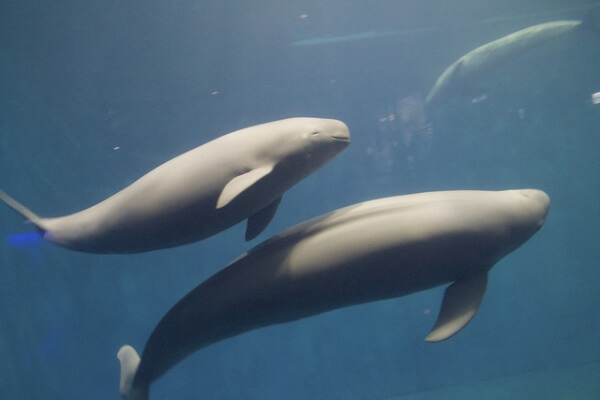Facts About Finless porpoise
The Indo-Pacific finless porpoise, often simply referred to as the finless porpoise, is an intriguing marine mammal primarily found around the Korean Peninsula in the Yellow and East China Seas. There is also a freshwater population near Shanghai at the mouth of China's Yangtze River. Genetic research suggests that this porpoise is the most ancient member of the porpoise family. However, scientists continue to debate its classification, as subspecies like Neophocaena phocaenoides and Neophocaena sunameri might actually be different species.
These porpoises prefer coastal waters in Asia, inhabiting regions near Japan, Korea, China, Indonesia, Malaysia, India, and Bangladesh. They thrive in shallow waters close to shore, especially in areas with soft or sandy seabeds, estuaries, and mangrove swamps. Currently, there are two recognized subspecies: Neophocaena phocaenoides and Neophocaena sunameri, each with its distinct range and physical characteristics.
What distinguishes the finless porpoise is the absence of a traditional dorsal fin. Instead, it has a low ridge covered in thick skin dotted with tiny tubercles. These porpoises can grow up to 2.27 meters (about 7.5 feet) long and weigh as much as 72 kilograms (around 159 pounds). They are opportunistic feeders, consuming fish, crustaceans, and cephalopods, with their diet varying by region.
In terms of behavior, finless porpoises are typically seen in small groups, often comprising mother-calf pairs or small gatherings. Unlike dolphins, they are not very energetic, do not ride bow waves, and tend to avoid boats. They communicate using high-frequency clicks and low-frequency tones.
The breeding season occurs in late spring and early summer, with a gestation period of about ten to eleven months. Calves are weaned between six and 15 months of age. Unfortunately, these porpoises face significant conservation challenges. They frequently get entangled in gill nets, and their habitats are threatened by environmental degradation. Population declines have been observed over the years, highlighting the urgent need for robust conservation efforts.

 Laos
Laos